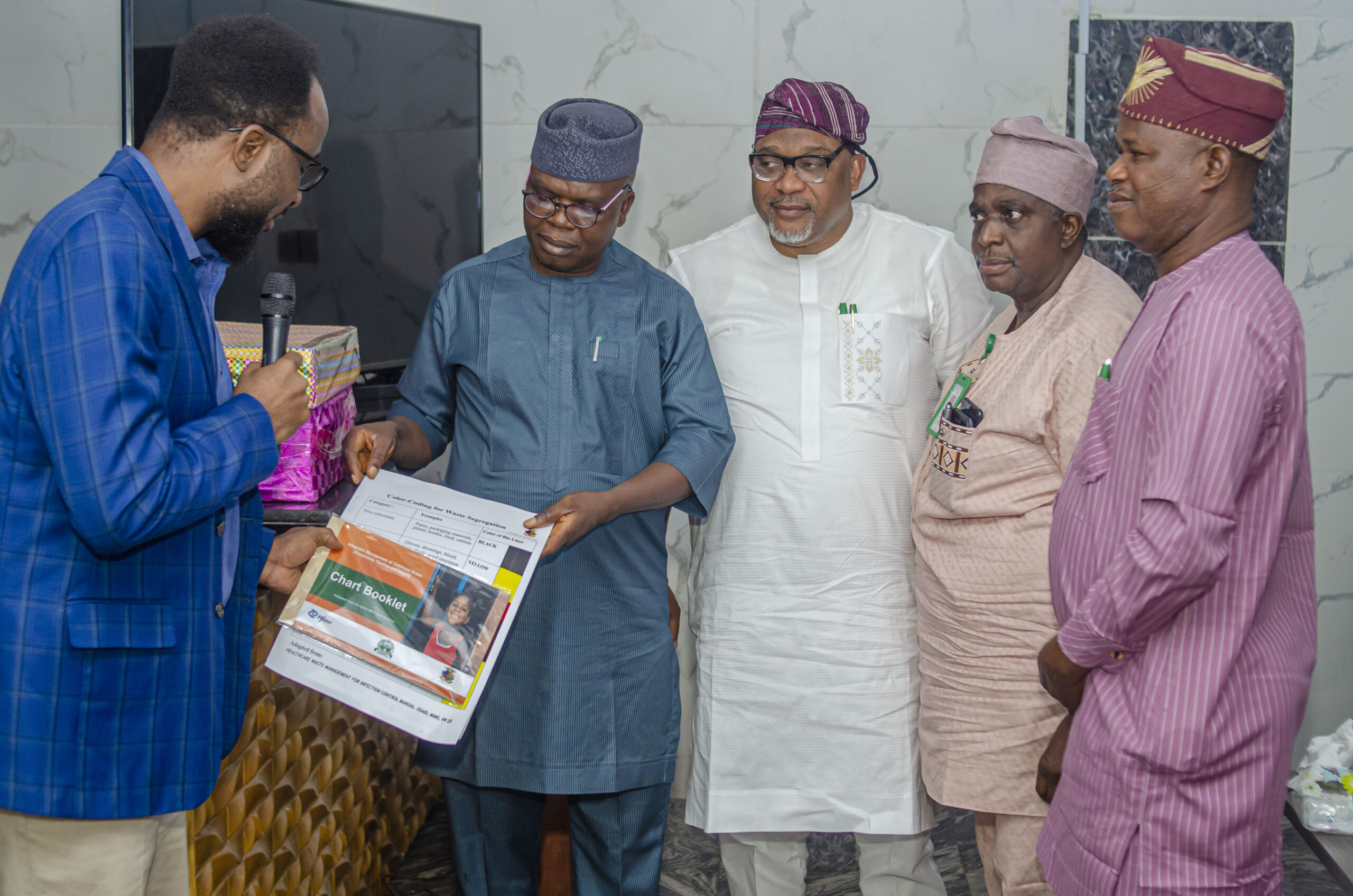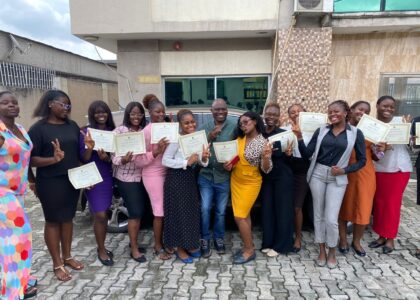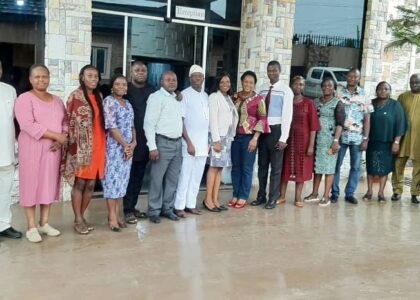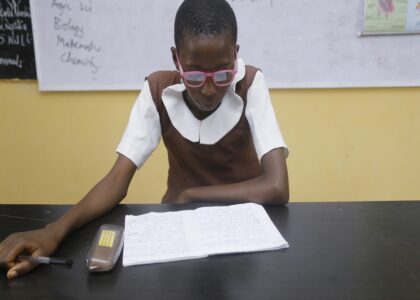[fusion_builder_container hundred_percent=”no” equal_height_columns=”no” menu_anchor=”” hide_on_mobile=”small-visibility,medium-visibility,large-visibility” class=”” id=”” background_color=”” background_image=”” background_position=”center center” background_repeat=”no-repeat” fade=”no” background_parallax=”none” enable_mobile=”no” parallax_speed=”0.3″ video_mp4=”” video_webm=”” video_ogv=”” video_url=”” video_aspect_ratio=”16:9″ video_loop=”yes” video_mute=”yes” video_preview_image=”” border_size=”” border_color=”” border_style=”solid” margin_top=”” margin_bottom=”” padding_top=”” padding_right=”” padding_bottom=”” padding_left=””][fusion_builder_row][fusion_builder_column type=”1_1″ layout=”1_1″ spacing=”” center_content=”no” hover_type=”none” link=”” min_height=”” hide_on_mobile=”small-visibility,medium-visibility,large-visibility” class=”” id=”” background_color=”” background_image=”” background_position=”left top” background_repeat=”no-repeat” border_size=”0″ border_color=”” border_style=”solid” border_position=”all” padding=”” dimension_margin=”” animation_type=”” animation_direction=”left” animation_speed=”0.3″ animation_offset=”” last=”no”][fusion_title margin_top=”” margin_bottom=”” hide_on_mobile=”small-visibility,medium-visibility,large-visibility” class=”” id=”” size=”5″ content_align=”center” style_type=”none” sep_color=””]
EXECUTIVE SUMMARY
[/fusion_title][fusion_separator style_type=”single solid” hide_on_mobile=”small-visibility,medium-visibility,large-visibility” class=”” id=”” sep_color=”#000000″ top_margin=”” bottom_margin=”15px” border_size=”” icon=”” icon_circle=”” icon_circle_color=”” width=”150px” alignment=”center” /][fusion_text]
The 3 day training was organized for Medical Directors of Tertiary and secondary facilities, and Directors of the State Ministry of Health & Health Management Board in Ondo State.
The Equitable Health Initiative provided this training to give Health Leaders and managers the opportunity to understand demonstrated, effective health leadership techniques, team building skills and performance enhancement methods that will aid the delivery of quality healthcare with patient satisfaction.
The training was declared open by the Honorable Commissioner of Health, Ondo State. At the beginning of the training, a baseline survey was conducted by self-administered questionnaire. This was to evaluate the gap in Continuous Quality Improvement knowledge amongst the participants. A post test evaluation was also conducted to assess the outcome of the training. The result of the post test showed that at the end of the training the participants had a gained a lot of knowledge on CQI. A total of 37 participants took part in the training. 27 participants took part in the post training evaluation. 100% of participants agreed that the course content was useful and relevant to their needs.
[/fusion_text][fusion_title margin_top=”” margin_bottom=”” hide_on_mobile=”small-visibility,medium-visibility,large-visibility” class=”” id=”” size=”5″ content_align=”center” style_type=”none” sep_color=””]
PURPOSE OF THIS TRAINING
[/fusion_title][fusion_separator style_type=”single solid” hide_on_mobile=”small-visibility,medium-visibility,large-visibility” class=”” id=”” sep_color=”#000000″ top_margin=”” bottom_margin=”15px” border_size=”” icon=”” icon_circle=”” icon_circle_color=”” width=”150px” alignment=”center” /][fusion_text]
During this training, participants will learn how to develop a practicable strategy to improve healthcare quality. They will acquire knowledge on important tools that can be used to improve the quality of healthcare and master how to develop and nurture human resources skills with impact on patient health care from a global perspective. Expected outcomes of the training on Successful completion of the training, participants are expected to be able to:
[/fusion_text][fusion_text]
During this training, participants will learn how to develop a practicable strategy to improve healthcare quality. They will acquire knowledge on important tools that can be used to improve the quality of healthcare and master how to develop and nurture human resources skills with impact on patient health care from a global perspective. Expected outcomes of the training on Successful completion of the training, participants are expected to be able to:
[/fusion_text][fusion_checklist icon=”” iconcolor=”” circle=”” circlecolor=”” size=”13px” hide_on_mobile=”small-visibility,medium-visibility,large-visibility” class=”” id=””][fusion_li_item icon=””]
Evaluate resources, opportunities and barriers to health care quality.
[/fusion_li_item][fusion_li_item icon=””]
Develop measurement-based strategy for process improvement & problem reduction with realistic goals and objectives.
[/fusion_li_item][fusion_li_item icon=””]
Recognize the significance of leadership and their role in increasing the chances that change leads to improvement.
[/fusion_li_item][fusion_li_item icon=””]
Measure access to care, quality of healthcare and patient experience.
[/fusion_li_item][fusion_li_item icon=””]
Develop implementable quality improvement plans for health institutions.
[/fusion_li_item][fusion_li_item icon=””]
Understand a leader’s responsibility in developing and nurturing human resources skills with impact on patient health care
[/fusion_li_item][fusion_li_item icon=””]
Identify Alternative Approaches to Health Financing and consider implications of financial decisions on the delivery of quality healthcare.
[/fusion_li_item][fusion_li_item icon=””]
Develop and maintain a dynamic, efficient, effective and intrinsically motivated team.
[/fusion_li_item][fusion_li_item icon=””]
Strengthen your techniques for managing team performance.
[/fusion_li_item][fusion_li_item icon=””]
Improve your ability to communicate and execute strategic objectives with your team.
[/fusion_li_item][/fusion_checklist][fusion_title margin_top=”” margin_bottom=”” hide_on_mobile=”small-visibility,medium-visibility,large-visibility” class=”” id=”” size=”5″ content_align=”center” style_type=”none” sep_color=””]
Training content
[/fusion_title][fusion_separator style_type=”single solid” hide_on_mobile=”small-visibility,medium-visibility,large-visibility” class=”” id=”” sep_color=”#000000″ top_margin=”” bottom_margin=”15px” border_size=”” icon=”” icon_circle=”” icon_circle_color=”” width=”150px” alignment=”center” /][fusion_text]
The following topics were discussed at the training:
The Following Modules were taken during the training
[/fusion_text][fusion_checklist icon=”fa-check” iconcolor=”” circle=”” circlecolor=”” size=”13px” hide_on_mobile=”small-visibility,medium-visibility,large-visibility” class=”” id=””][fusion_li_item icon=””]
Introduction to Quality Improvement
[/fusion_li_item][fusion_li_item icon=””]
Models in Quality Improvement
[/fusion_li_item][fusion_li_item icon=””]
Tools used in for Quality Improvement.
[/fusion_li_item][fusion_li_item icon=””]
Problem Identification
[/fusion_li_item][fusion_li_item icon=””]
Problem Analysis
[/fusion_li_item][fusion_li_item icon=””]
Developing Changes
[/fusion_li_item][fusion_li_item icon=””]
Testing and Implementing Changes
[/fusion_li_item][fusion_li_item icon=””]
Leadership
[/fusion_li_item][fusion_li_item icon=””]
Motivation and Performance Incentives
[/fusion_li_item][fusion_li_item icon=””]
The role of the patient/customer in quality improvement
[/fusion_li_item][fusion_li_item icon=””]
Seven Leadership Leverage Points for Organization-Level
[/fusion_li_item][fusion_li_item icon=””]
Using the Run Chart
[/fusion_li_item][fusion_li_item icon=””]
Building a Hospital Culture for Quality & Efficiency
[/fusion_li_item][fusion_li_item icon=””]
Human Resources Management for Quality Healthcare
[/fusion_li_item][fusion_li_item icon=””]
Health care financing/ Finance Management in Quality Healthcare Delivery
[/fusion_li_item][fusion_li_item icon=””]
Developing a Project Road Map
[/fusion_li_item][/fusion_checklist][fusion_title margin_top=”” margin_bottom=”” hide_on_mobile=”small-visibility,medium-visibility,large-visibility” class=”” id=”” size=”5″ content_align=”center” style_type=”none” sep_color=””]
Methodology
[/fusion_title][fusion_separator style_type=”single solid” hide_on_mobile=”small-visibility,medium-visibility,large-visibility” class=”” id=”” sep_color=”#000000″ top_margin=”” bottom_margin=”15px” border_size=”” icon=”” icon_circle=”” icon_circle_color=”” width=”150px” alignment=”center” /][fusion_text]
Combinations of training methodologies were adopted to achieve the training purpose. These include:
[/fusion_text][fusion_checklist icon=”fa-check” iconcolor=”” circle=”” circlecolor=”” size=”13px” hide_on_mobile=”small-visibility,medium-visibility,large-visibility” class=”” id=””][fusion_li_item icon=””]
Power point presentations
[/fusion_li_item][fusion_li_item icon=””]
Case Studies
[/fusion_li_item][fusion_li_item icon=””]
Practical sessions
[/fusion_li_item][fusion_li_item icon=””]
General Discussions
[/fusion_li_item][fusion_li_item icon=””]
Group Discussions
[/fusion_li_item][fusion_li_item icon=””]
Group Presentations
[/fusion_li_item][/fusion_checklist][fusion_title margin_top=”” margin_bottom=”” hide_on_mobile=”small-visibility,medium-visibility,large-visibility” class=”” id=”” size=”5″ content_align=”center” style_type=”none” sep_color=””]
FACILITATORS
[/fusion_title][fusion_separator style_type=”single solid” hide_on_mobile=”small-visibility,medium-visibility,large-visibility” class=”” id=”” sep_color=”#000000″ top_margin=”” bottom_margin=”15px” border_size=”” icon=”” icon_circle=”” icon_circle_color=”” width=”150px” alignment=”center” /][fusion_table]
| NAME | DESIGNATION |
|---|---|
| Dr. Timothy Akinmurele | CEO EHAI |
| Dr. Olatoun Adeola | Head, CQIS Department EHAI |
| Dr. Abayomi Afe | Head, Community Medicine Department EHAI |
| Mr. Ganiyu Agboola | Head, Laboratory Services Department EHAI |
| Mrs. Uju Umeozulu | Head, Human Resources Administrative Department, EHAI |
| Mr. Oluwaseun Aderibigbe | Head, Finance Management Department, EHAI |
[/fusion_table][/fusion_builder_column][/fusion_builder_row][/fusion_builder_container][fusion_builder_container hundred_percent=”no” equal_height_columns=”no” menu_anchor=”” hide_on_mobile=”small-visibility,medium-visibility,large-visibility” class=”” id=”” background_color=”” background_image=”” background_position=”center center” background_repeat=”no-repeat” fade=”no” background_parallax=”none” enable_mobile=”no” parallax_speed=”0.3″ video_mp4=”” video_webm=”” video_ogv=”” video_url=”” video_aspect_ratio=”16:9″ video_loop=”yes” video_mute=”yes” video_preview_image=”” border_size=”” border_color=”” border_style=”solid” margin_top=”” margin_bottom=”” padding_top=”” padding_right=”” padding_bottom=”” padding_left=””][fusion_builder_row][fusion_builder_column type=”1_1″ layout=”1_1″ spacing=”” center_content=”no” hover_type=”none” link=”” min_height=”” hide_on_mobile=”small-visibility,medium-visibility,large-visibility” class=”” id=”” background_color=”” background_image=”” background_position=”left top” background_repeat=”no-repeat” border_size=”0″ border_color=”” border_style=”solid” border_position=”all” padding=”” dimension_margin=”” animation_type=”” animation_direction=”left” animation_speed=”0.3″ animation_offset=”” last=”no”][fusion_button link=”https://www.ehainigeria.org/wp-content/uploads/2017/11/CQI-Training-Report_Ondo-State_Feb2016.pdf” title=”” target=”_blank” link_attributes=”” alignment=”center” modal=”” hide_on_mobile=”small-visibility,medium-visibility,large-visibility” class=”” id=”” color=”custom” button_gradient_top_color=”#f41000″ button_gradient_bottom_color=”#f41000″ button_gradient_top_color_hover=”#f41000″ button_gradient_bottom_color_hover=”#f41000″ accent_color=”” accent_hover_color=”” type=”3d” bevel_color=”#f41000″ border_width=”” size=”” stretch=”default” shape=”pill” icon=”” icon_position=”left” icon_divider=”no” animation_type=”” animation_direction=”left” animation_speed=”0.3″ animation_offset=””]DOWNLOAD PDF[/fusion_button][/fusion_builder_column][/fusion_builder_row][/fusion_builder_container][fusion_builder_container hundred_percent=”no” equal_height_columns=”no” menu_anchor=”” hide_on_mobile=”small-visibility,medium-visibility,large-visibility” class=”” id=”” background_color=”” background_image=”” background_position=”center center” background_repeat=”no-repeat” fade=”no” background_parallax=”none” enable_mobile=”no” parallax_speed=”0.3″ video_mp4=”” video_webm=”” video_ogv=”” video_url=”” video_aspect_ratio=”16:9″ video_loop=”yes” video_mute=”yes” video_preview_image=”” border_size=”” border_color=”” border_style=”solid” margin_top=”” margin_bottom=”” padding_top=”” padding_right=”” padding_bottom=”” padding_left=””][fusion_builder_row][fusion_builder_column type=”1_2″ layout=”1_2″ spacing=”” center_content=”no” hover_type=”none” link=”” min_height=”” hide_on_mobile=”small-visibility,medium-visibility,large-visibility” class=”” id=”” background_color=”” background_image=”” background_position=”left top” background_repeat=”no-repeat” border_size=”0″ border_color=”” border_style=”solid” border_position=”all” padding=”” dimension_margin=”” animation_type=”” animation_direction=”left” animation_speed=”0.3″ animation_offset=”” last=”no”][fusion_imageframe image_id=”13744″ style_type=”none” stylecolor=”” hover_type=”none” bordersize=”” bordercolor=”” borderradius=”” align=”none” lightbox=”no” gallery_id=”” lightbox_image=”” alt=”” link=”” linktarget=”_self” hide_on_mobile=”small-visibility,medium-visibility,large-visibility” class=”” id=”” animation_type=”” animation_direction=”left” animation_speed=”0.3″ animation_offset=””]https://www.ehainigeria.org/wp-content/uploads/2017/11/cqi4.jpg[/fusion_imageframe][fusion_text]
Engaging participants (CMD SSH Akure) during the training
[/fusion_text][/fusion_builder_column][fusion_builder_column type=”1_2″ layout=”1_2″ spacing=”” center_content=”no” hover_type=”none” link=”” min_height=”” hide_on_mobile=”small-visibility,medium-visibility,large-visibility” class=”” id=”” background_color=”” background_image=”” background_position=”left top” background_repeat=”no-repeat” border_size=”0″ border_color=”” border_style=”solid” border_position=”all” padding=”” animation_type=”” animation_direction=”left” animation_speed=”0.3″ animation_offset=”” last=”no”][fusion_imageframe image_id=”13746″ style_type=”none” stylecolor=”” hover_type=”none” bordersize=”” bordercolor=”” borderradius=”” align=”none” lightbox=”no” gallery_id=”” lightbox_image=”” alt=”” link=”” linktarget=”_self” hide_on_mobile=”small-visibility,medium-visibility,large-visibility” class=”” id=”” animation_type=”” animation_direction=”left” animation_speed=”0.3″ animation_offset=””]https://www.ehainigeria.org/wp-content/uploads/2017/11/cqi1.jpg[/fusion_imageframe][fusion_text]
A director of the Health Management Board
[/fusion_text][/fusion_builder_column][fusion_builder_column type=”1_2″ layout=”1_2″ spacing=”” center_content=”no” hover_type=”none” link=”” min_height=”” hide_on_mobile=”small-visibility,medium-visibility,large-visibility” class=”” id=”” background_color=”” background_image=”” background_position=”left top” background_repeat=”no-repeat” border_size=”0″ border_color=”” border_style=”solid” border_position=”all” padding=”” animation_type=”” animation_direction=”left” animation_speed=”0.3″ animation_offset=”” last=”no”][fusion_imageframe image_id=”13748″ style_type=”none” stylecolor=”” hover_type=”none” bordersize=”” bordercolor=”” borderradius=”” align=”none” lightbox=”no” gallery_id=”” lightbox_image=”” alt=”” link=”” linktarget=”_self” hide_on_mobile=”small-visibility,medium-visibility,large-visibility” class=”” id=”” animation_type=”” animation_direction=”left” animation_speed=”0.3″ animation_offset=””]https://www.ehainigeria.org/wp-content/uploads/2017/11/cqi3.jpg[/fusion_imageframe][fusion_text]
During a break out session
[/fusion_text][/fusion_builder_column][fusion_builder_column type=”1_2″ layout=”1_2″ spacing=”” center_content=”no” hover_type=”none” link=”” min_height=”” hide_on_mobile=”small-visibility,medium-visibility,large-visibility” class=”” id=”” background_color=”” background_image=”” background_position=”left top” background_repeat=”no-repeat” border_size=”0″ border_color=”” border_style=”solid” border_position=”all” padding=”” animation_type=”” animation_direction=”left” animation_speed=”0.3″ animation_offset=”” last=”no”][fusion_imageframe image_id=”13747″ style_type=”none” stylecolor=”” hover_type=”none” bordersize=”” bordercolor=”” borderradius=”” align=”none” lightbox=”no” gallery_id=”” lightbox_image=”” alt=”” link=”” linktarget=”_self” hide_on_mobile=”small-visibility,medium-visibility,large-visibility” class=”” id=”” animation_type=”” animation_direction=”left” animation_speed=”0.3″ animation_offset=””]https://www.ehainigeria.org/wp-content/uploads/2017/11/cqi2.jpg[/fusion_imageframe][fusion_text]
A cross section of participants
[/fusion_text][/fusion_builder_column][/fusion_builder_row][/fusion_builder_container]






